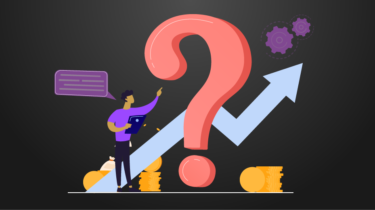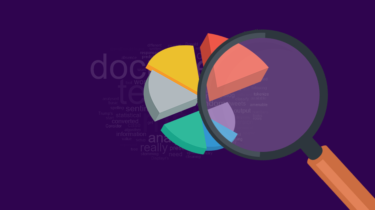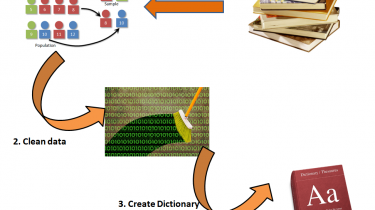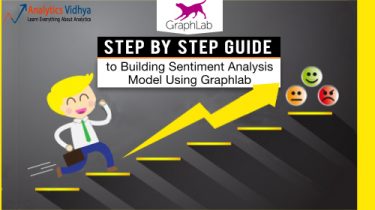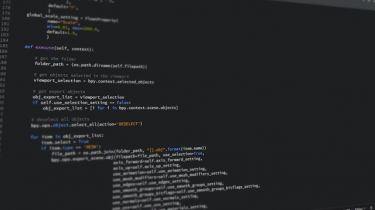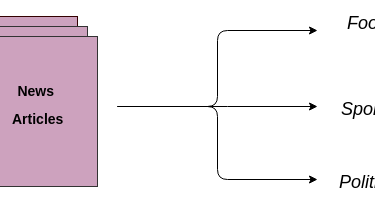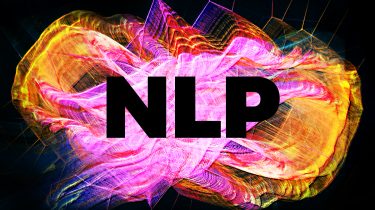How to create your own Question and Answering API(Flask+Docker +BERT) using haystack framework
Introduction Note from the author: In this article, we will learn how to create your own Question and Answering(QA) API using python, flask, and haystack framework with docker. The haystack framework will provide the complete QA features which are highly scalable and customizable. In this article Medium Rules, the text will be used as the target document and fine-tuning the model as well. Basic Knowledge Required: Elasticsearch & Docker This article contains the working code which can be directly build […]
Read more